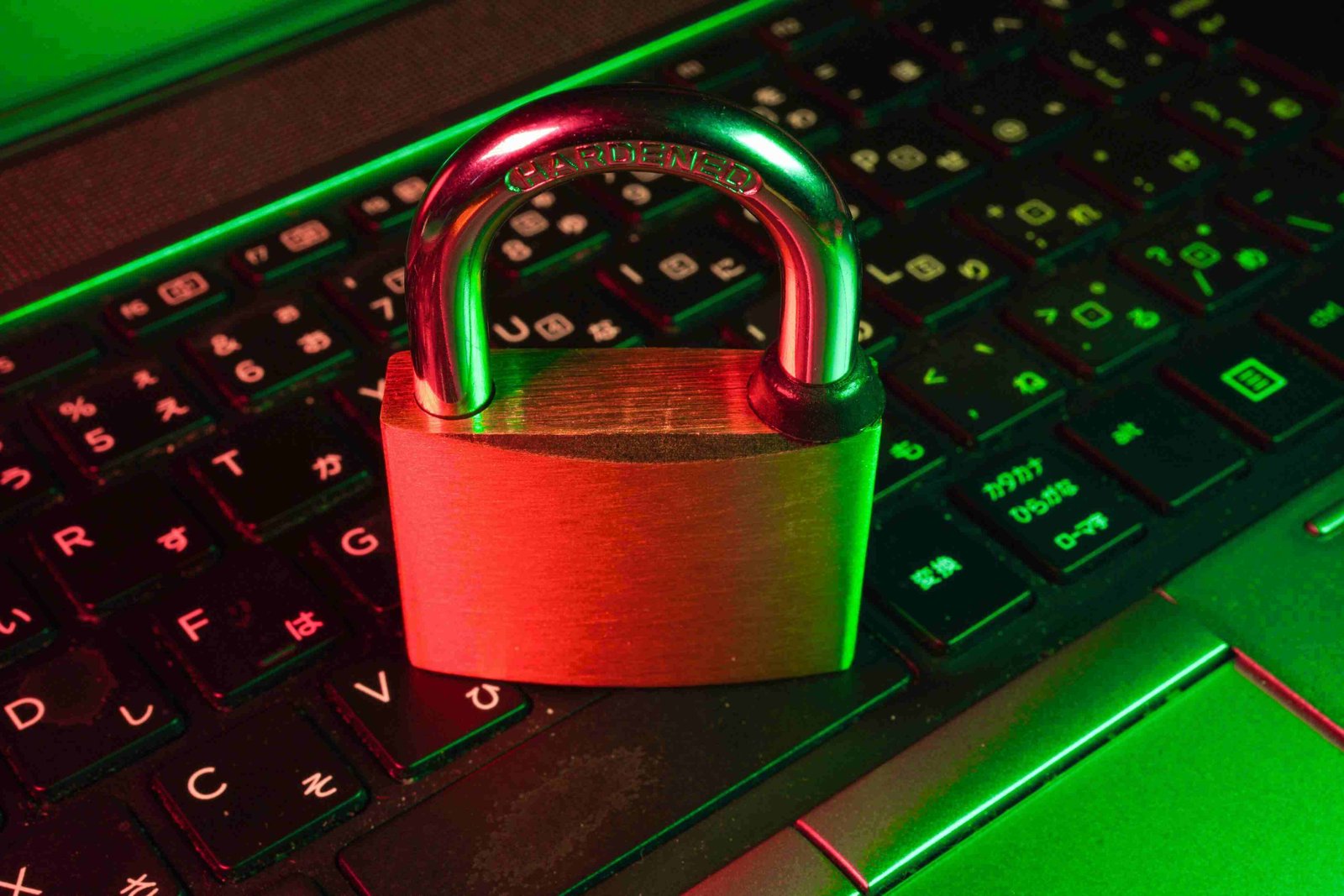Be cyber smart now, decrease your companies’ costs later
ArticleMarch 27, 2023
Cybercrime has had a tremendous impact on the world, causing significant financial losses and disruption for businesses, governments, and individuals alike. Today, it continues to be one of the major concerns of companies as cyber-attacks increase, resulting in higher costs. But by acting early, businesses have a greater chance to avoid theft of intellectual property, trade secrets, and other valuable digital assets. To build cyber resilience, follow these recommendations from Zurich Nordic’s experts.
According to the Global Risks Report 2023, widespread cybercrime and cyber insecurity is one of the top ten global risks that are expected to play out and with severity, both in the short (in two years) and in the long term (within ten years). The latest edition of the Worldwide Security Spending Guide produced by IDC, also shows that spending related to cyber security solutions and services across the globe is projected to reach $219 billion in 2023, marking a 12.1% surge from 2022. Nevertheless, companies that take action early are those that will gain in the long run. Stated below are necessities that every company needs to have in place in order to mitigate cyber risks.
Endpoint detection and response (EDR)
EDR are safety solutions that are installed on each endpoint in the network to address security issues. By having proper EDR, it is easier to detect and respond to cyber threats like ransomware and malware. Hackers typically use vulnerable endpoints as a door into the organizations assets and data, which means that strong EDR tools result in fewer exploitable entry points.
Multi-factor authentication (MFA):
MFA is an authentication system that requires the user to provide two or more forms of identification to access an application or service. It provides an additional layer of security beyond just a username and password which can be stolen, guessed, or cracked, leaving a user's account vulnerable to unauthorized access.
Manage the privileged accounts (PAM tool):
PAM solutions are security tools designed to manage and monitor access to privileged accounts, for example those with access to sensitive data. They help organizations control and secure privileged access, reduce the risk of data breaches, and meet compliance requirements.
Appropriate segmentation:
Network segmentation is the practice of dividing a network into multiple segments to create a more secure environment. Operational segmentation is a similar practice that involves separating IT systems and applications based on their operational requirements. Both are important for organizations as they help with reducing the risk of cyberattacks, minimizing the impact of security incidents, and improving overall network performance.
Security Operations Center (SOC) and SIEM:
A SOC is responsible for ongoing monitoring and analysis of various systems (including networks, servers, endpoints, databases, applications and websites) to detect any anomalous activity that may indicate a security compromise or incident. Security Information and Event Management (SIEM) is a comprehensive tool that empowers the SOC team to be more proactive in their monitoring and prevention efforts.
Regular incident response testing:
The process a company goes through to establish a prevention and recovery system against potential disasters such as cyber attacks is known as business continuity planning (BCP). Its main objective is to safeguard personnel and assets as well as ensuring that the organisation can quickly return to full functionality after an incident. Having a BCP in place is crucial but it is even more important to actually stress test the plan. Regular incident response testing help organizations get insights that can further develop and improve processes and dependencies.
Patch management:
Software companies often release patches to address security vulnerabilities and bugs in their product. These patches are usually small fixes and can be provided to users through either a major update or a minor patch. The process of managing them and ensuring that organizational systems are updated will decrease the likelihood of any breaches.
Tested backups
Backing up data is often the easiest and most effective approach to avoid paying a ransom. Nevertheless, in the absence of appropriate data backup protocols, these backups may also become encrypted.
For more information on how to build cyber resilience and Zurich's insurance offerings, contact one of our Nordic experts:
Edvard Silén, Senior Underwriter and Subject Matter Expert Cyber Nordics
Yaxum Cedeno, Cyber Underwriter Sweden
Lars Søjhøj, Senior Underwriter Denmark
